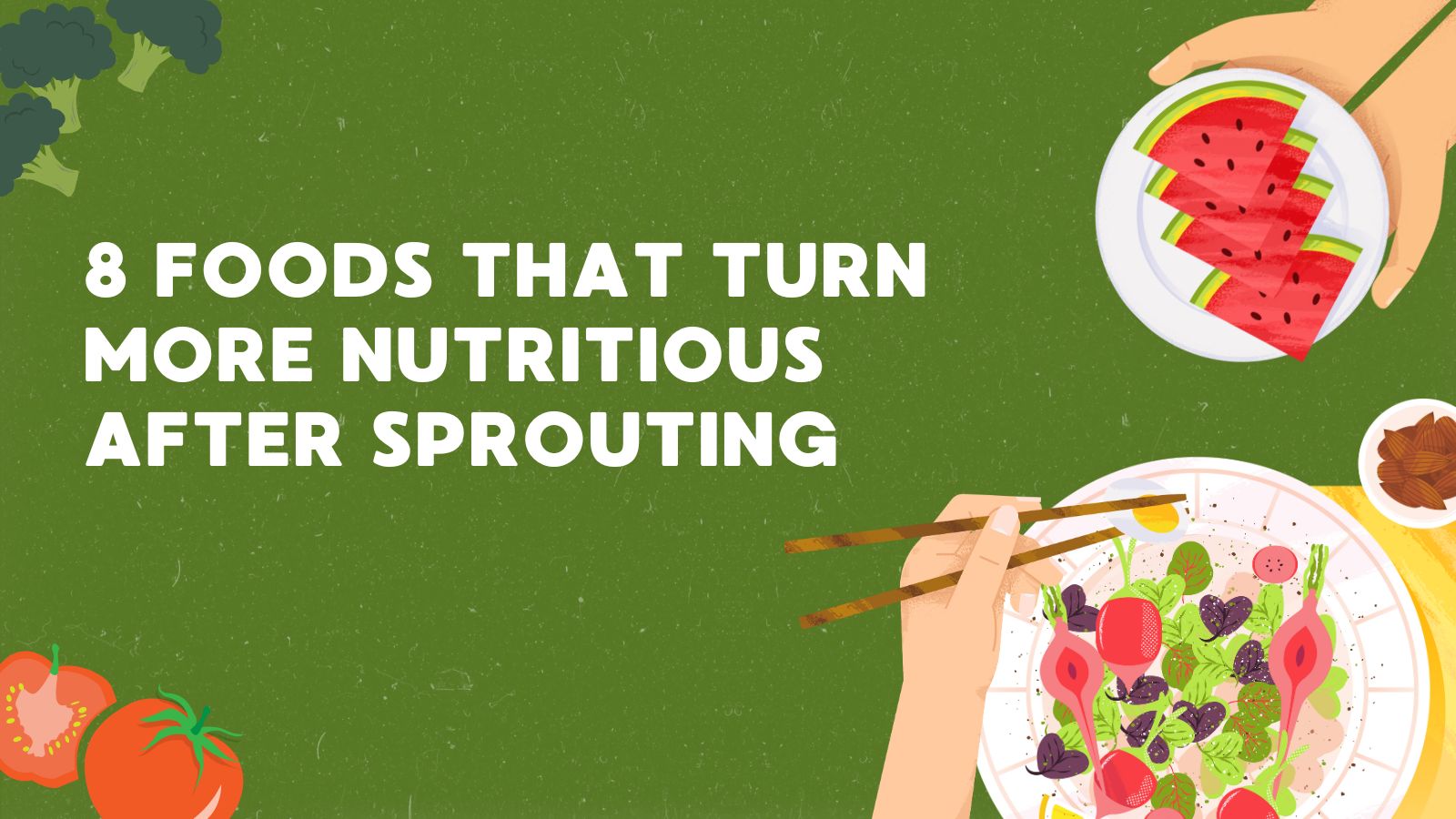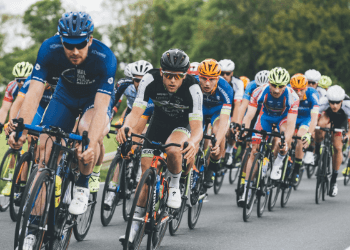8 Foods That Turn More Nutritious After Sprouting
Sprouting is one of the easy tasks in which soaking of seeds, legumes or grains in water is done until small shoots begin to sprout.
Sprouting is one of the easy tasks in which soaking of seeds, legumes or grains in water is done until small shoots begin to sprout.
It is a natural process and the foods that would be ordinary are turned into superfoods with vitamins contained. Sprouting increases the amount of vitamins, minerals, fiber and even the amount of protein and makes them easier to digest.
When we consume sprouted food items, our bodies will be able to absorb nutrients more easily, and the digestive system will become light. We will look at 8 popular foods that sprout and become even healthier.

The most popular sprouts in India are mung beans. On sprouting, they are very nutritious in Vitamin C, iron, potassium and protein. Sprouted mung is also easier to digest and increases metabolism.
Chickpeas (chana) sprouting, become the source of protein, fiber and necessary minerals. Vitamin B and C is also increased through sprouting.
Quinoa already is considered to be a superfood. Once sprouted, it is even more nutritious; it increases the antioxidants and improves the magnesium, iron and protein.
Finger millet or ragi is even more potent when it sprouts. Sprouting increases its calcium, iron and amino acid content. It particularly is beneficial to bone health.
Dals such as moong dal, masoor dal or moth dal can be sprouted in the homestead. The sprouted one has additional Vitamin C, folates, and protein.
Antioxidants and Vitamin B-complex are both abundant in the sprouts of white peas (safed matar). Their protein and fiber content is augmented and makes them a healthy addition to the diet.
Buckwheat, which is commonly fasting food, is packed with antioxidants and rutin. Upon sprouting, it increases magnesium, manganese and fiber.
Peanuts are cheap and they are also a source of protein. They are further enhanced by sprouting which increases Vitamin E, antioxidants, and healthy fats.
When germinated, the amaranth seeds enhance their level of protein and calcium. It contains lysine, which is an amino acid lacking in most grains.
Sprouting is an ancient technique that makes ordinary food turn into a healthy powerhouse. Sprouting improves vitamins, proteins, minerals and lightness and digestibility of foods, whether they are made out of mung beans and chickpeas, ragi, buckwheat, or peanuts. Eating sprouts in your day to day meals is among the easiest ways of maintaining a healthy lifestyle.
Q1. What is sprouting and why is it healthy?
Ans- Sprouting is the soaking and germination of seeds or legumes. It enriches food with vitamins, minerals and makes it easier to digest.
Q2. Can sprouts be eaten raw every day?
Ans- Yes, but wash them properly. Others would rather use the steaming or slightly cooked food to eliminate any form of bacteria.
Q3. How long does it take to sprout mung beans or chickpeas?
Ans- The mung beans typically germinate within 12-18 hours and the chickpeas within 24-36 hours.
Q4. Which sprouted food is best for weight loss?
Ans- The mung beans, white peas and lentils are excellent in weight loss since they contain a high level of fiber and protein but have low calorie content.
Q5. Are sprouts safe for children and elderly people?
Ans- Yes, but make sure that they are hygienically prepared and fresh. Light steaming is more suitable for children and elderly.

The property, complete with 30-seat screening from room, a 100-seat amphitheater and a swimming pond with sandy shower…

The property, complete with 30-seat screening from room, a 100-seat amphitheater and a swimming pond with sandy shower…

The property, complete with 30-seat screening from room, a 100-seat amphitheater and a swimming pond with sandy shower…